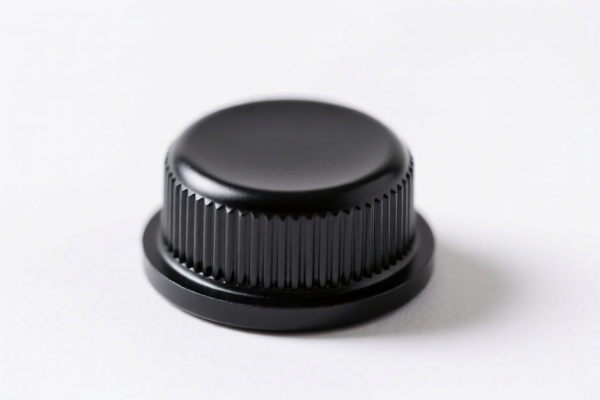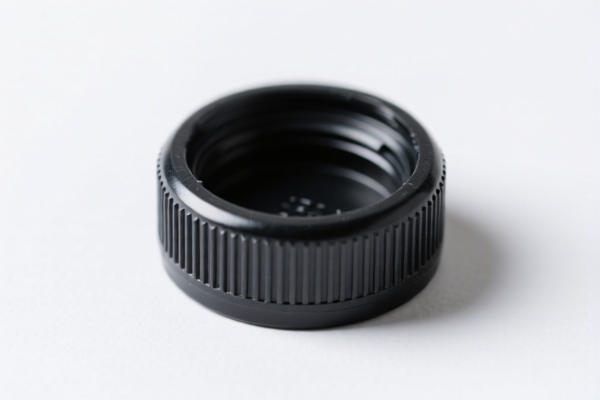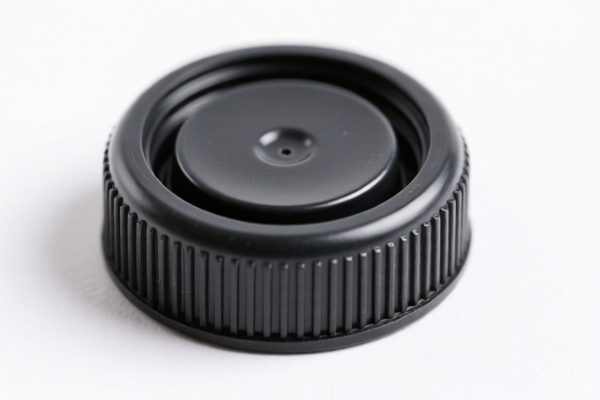Found 10 matching results
(CN → US)
| HS Code | Official Doc | Tariff Rate | Origin | Destination | Effective Date |
|---|---|---|---|---|---|
| 8481809015 | Doc | 57.0% | CN | US | 2025-05-12 |
| 8487900080 | Doc | 83.9% | CN | US | 2025-05-12 |
| 8487900040 | Doc | 58.9% | CN | US | 2025-05-12 |
| 7326908688 | Doc | 82.9% | CN | US | 2025-05-12 |
| 7326908688 | Doc | 82.9% | CN | US | 2025-05-12 |
| 7325995000 | Doc | 82.9% | CN | US | 2025-05-12 |
| 7325991000 | Doc | 80.0% | CN | US | 2025-05-12 |
| 8511906040 | Doc | 57.5% | CN | US | 2025-05-12 |
| 8548000000 | Doc | 55.0% | CN | US | 2025-05-12 |
| 8548000000 | Doc | 55.0% | CN | US | 2025-05-12 |




Engine Coolant Cap
An engine coolant cap (also known as a radiator cap) is a pressure-sealing component of a vehicle’s cooling system. It serves multiple critical functions in maintaining engine temperature and preventing damage.
Material
Coolant caps are typically constructed from:
- Plastic: Commonly used for the cap body, often polypropylene or nylon, chosen for its resistance to heat and coolant chemicals.
- Rubber: Used for the sealing gasket, typically ethylene propylene diene monomer (EPDM) rubber, providing a leak-proof seal under high temperature and pressure.
- Metal: Some caps incorporate metal components (brass, stainless steel) for the pressure spring and valve mechanisms, especially in higher-performance applications.
Purpose
The primary purposes of an engine coolant cap are:
- Pressure Regulation: The cooling system is a closed system designed to operate under pressure (typically 13-16 psi, though this varies by vehicle). The cap maintains this pressure, raising the boiling point of the coolant. A higher boiling point prevents overheating and steam formation.
- Coolant System Seal: The cap creates a hermetic seal on the radiator or expansion tank neck, preventing coolant loss and contamination from outside elements.
- Pressure Relief: A spring-loaded valve within the cap releases excess pressure when it exceeds the system's design limit, preventing damage to hoses, the radiator, and other components.
- Vacuum Relief: Another valve allows coolant to return from the engine to the radiator as the engine cools and creates a vacuum, preventing hose collapse.
Function
The cap functions by:
- Sealing: The rubber gasket creates a tight seal when the cap is properly seated on the radiator or expansion tank neck.
- Pressure Build-up: As the engine heats, coolant expands. Because the system is sealed, pressure increases.
- Pressure Relief Valve Activation: If pressure exceeds the cap’s rating, the pressure relief valve opens, allowing excess coolant to flow into the overflow tank.
- Vacuum Valve Operation: As the engine cools, a vacuum is created. The vacuum valve opens, allowing coolant to return from the overflow tank to the radiator, maintaining the correct coolant level.
Usage Scenarios
- Normal Operation: The cap maintains pressure during engine warm-up and operation.
- Overheating Conditions: The cap releases excess pressure to prevent damage.
- Engine Cool-down: The cap allows coolant to return to the radiator.
- Coolant System Testing: Caps are removed (with caution, when the engine is cool) for pressure testing the cooling system for leaks.
Common Types
- Standard Pressure Caps: The most common type, designed for typical automotive cooling systems. Pressure ratings are vehicle-specific.
- High-Performance Caps: Used in vehicles with modified cooling systems or those subjected to high stress (racing, towing). These caps often have higher pressure ratings.
- Stant Caps: A popular brand known for producing a wide variety of coolant caps.
- Radiator Specific Caps: Some vehicles require caps with specific diameters and thread patterns.
- Expansion Tank Caps: Used on vehicles with expansion tanks instead of traditional radiators. These caps often have a different design but serve the same function.
Important Note: Never remove a coolant cap when the engine is hot. The system is under pressure, and hot coolant can cause severe burns. Allow the engine to cool completely before attempting to remove the cap.
Based on the provided information, the following HS codes may be relevant to engine coolant caps:
- 8481809015: This code covers taps, cocks, valves and similar appliances for pipes, boiler shells, tanks, vats or the like, including pressure-reducing valves and thermostatically controlled valves; parts thereof: Other appliances: Other Regulator valves, self-operating, for controlling variables such as temperature, pressure, flow and liquid level. An engine coolant cap functions as a pressure regulator for the cooling system, fitting the description of a self-operating regulator valve.
- 8511906040: This code covers Electrical ignition or starting equipment of a kind used for spark-ignition or compression-ignition internal combustion engines (for example, ignition magnetos, magneto-dynamos, ignition coils, spark plugs and glow plugs, starter motors); generators (for example, dynamos, alternators) and cut-outs of a kind used in conjunction with such engines; parts thereof: Parts: Other parts Other. While not a direct fit, if the cap incorporates any electrical sensors or features related to engine monitoring, this code may be applicable.
- 8487900080: This code covers Machinery parts, not containing electrical connectors, insulators, coils, contacts or other electrical features, and not specified or included elsewhere in this chapter: Other Other. If the coolant cap is a simple mechanical part without any electrical components, this code could be considered.
Regarding HS code 8481809015, please note that it specifically includes regulator valves controlling temperature and pressure, which aligns with the function of an engine coolant cap.
Customer Reviews
No reviews yet.